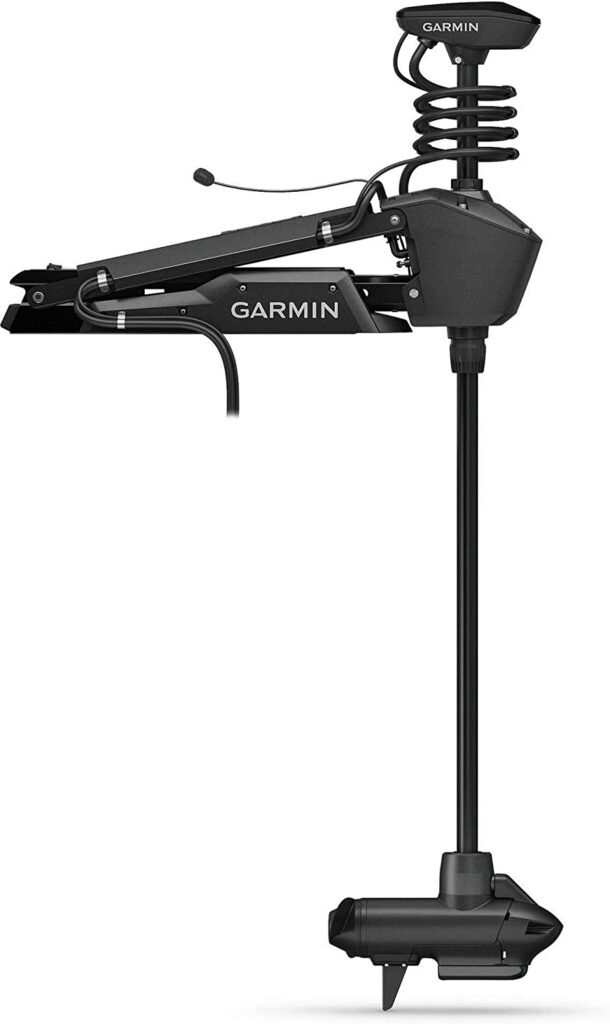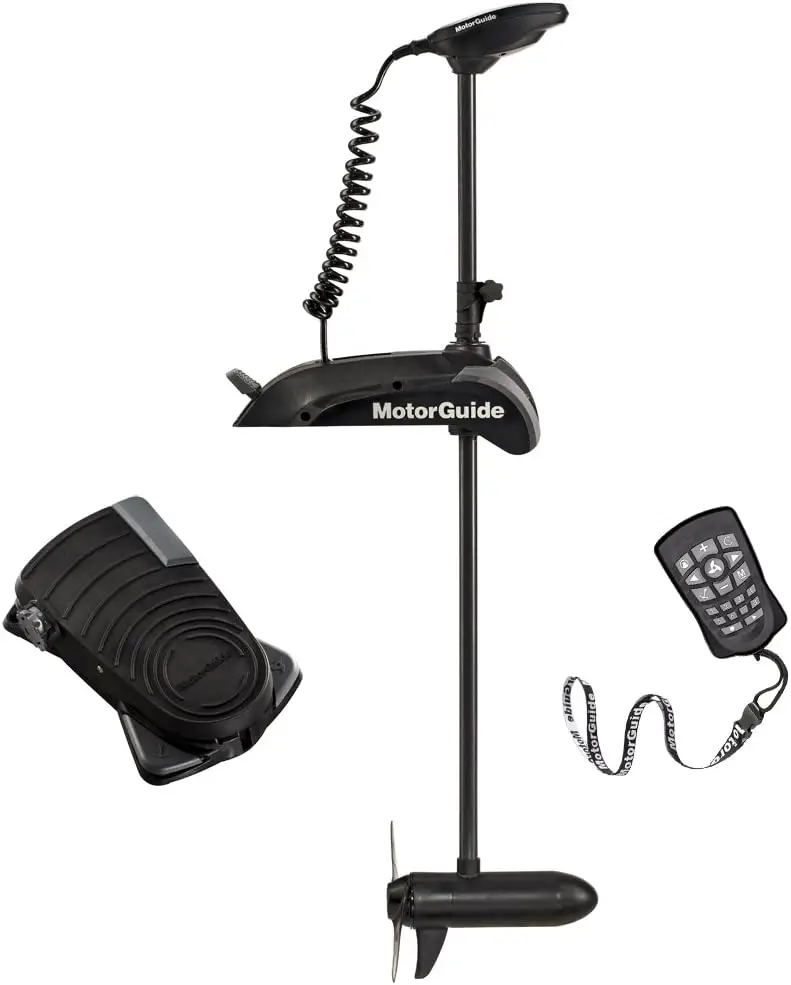Many pontoon boat owners don’t realize adding a trolling motor to a pontoon boat is even possible, but it’s actually quite simple and adds a whole new level of functionality, especially if you enjoy fishing from your boat. If you’re interested in an electric trolling motor for your pontoon boat, you’re probably scratching your head and wondering what size motor you need to get. After all, pontoon boats with trolling motors are a relatively new trend.
To help you find the correct-sized trolling motor, we’ll go over some key factors to determine what size trolling motor you’re going to need so you can know what shaft length, power, and battery system is right for your boat.
How to Determine the Correct Trolling Motor Size for a Pontoon Boat
There are a few things you’ll need to know about your pontoon boat before you buy and install a trolling motor to make sure you’re doing it correctly.
Deck to Waterline Measurement
This measurement is extremely important because it will allow you to determine the correct shaft length needed for your boat. Without the correct shaft length, the tolling motor’s propellor either won’t be deep enough to produce enough thrust, or too deep, which will also decrease performance.
A good rule of thumb is to measure the distance from the spot you plan to mount the trolling motor on your boat to the waterline in calm conditions. Once you have that measurement (in inches), add 20 inches.
The resulting number will be the ideal shaft length for your boat. If you can’t find a trolling motor with the exact shaft length based on your measurement, don’t worry, just find the closest thing. It’s better to have the propellor slightly too deep than too shallow.
Boat weight
Your boat’s weight will be the primary factor in determining how much power you will need. The heavier your boat, the more power is needed, which is measured in pound-thrust for electric trolling motors.
The weight of your boat when it’s completely empty of passengers, gear, and fuel won’t be very helpful for determining the pound-thrust power that’s needed. It’s likely that you will be using the trolling motor when your boat is fully loaded for a day of boating, so make sure to factor those things in when estimating your boat’s weight.
Most pontoons have a dry weight between 1,600 – 2,400 pounds, but some pontoon boats can weigh as much as 5,000 pounds. For most pontoon boats, you will need a trolling motor with at least a 55-pound thrust. However, if your budget allows, it doesn’t hurt to have a little extra power with a 75 or 80-pound-thrust motor.
A great resource for knowing how much power you will need based on the weight of your boat is this chart created by trolling manufacturer Minn Kota.

Battery needs
Most electric trolling motors will require a 12-volt (one battery), or 24-volt (two battery) system to power the trolling motor. For most boats and trolling motors, a 12-volt system is all that is needed. If you have an especially large boat and need a high-thrust trolling motor, you may need to use a 24-volt system.
In addition to the battery system needed to power your trolling motor, it’s also a good idea to think about where you’ll store the batteries so they’re not in the way.
Best Trolling Motors for Pontoon Boats
Below are some examples of the best bow-mounted trolling motors that are well-suited for pontoon boats.

Minn Kota Pontoon
This trolling motor from trusted trolling motor maker Minn Kota is a great option because it was specifically designed for pontoon boats. It’s also one of the most cost-effective trolling motor options for the shaft length and thrust requirements needed for most pontoons.

Garmin Force Trolling Motor
The Garmin Force is nothing less than the Cadillac of trolling motors. It offers hands-free operation and will seamlessly connect to any Garmin GPS, Chart plotter, and fish finder.

MotorGuide Xi5
The MotorGuide Xi5 is available in longer shaft lengths necessary for pontoon boats and has the power to operate your boat efficiently. The wireless controls make using it a breeze, and the super quiet operation will ensure you’re not scaring away any fish.
Conclusion
Choosing the right-sized trolling motor for a pontoon may seem intimidating, but in reality, it’s truly very simple. Understanding the correct shaft length by doing a quick measurement, estimating your boat’s weight when fully loaded, and knowing what battery system is required, you can choose a trolling motor that’s the perfect size and specifications for your boat.
- What Size Trolling Motor is Needed for a Pontoon Boat? - April 28, 2023
- The Best Kayak Seat Cushions to Help You Stay on the Water Longer - April 13, 2023
- The Best Pontoon Boat Rod Holders - April 12, 2023

